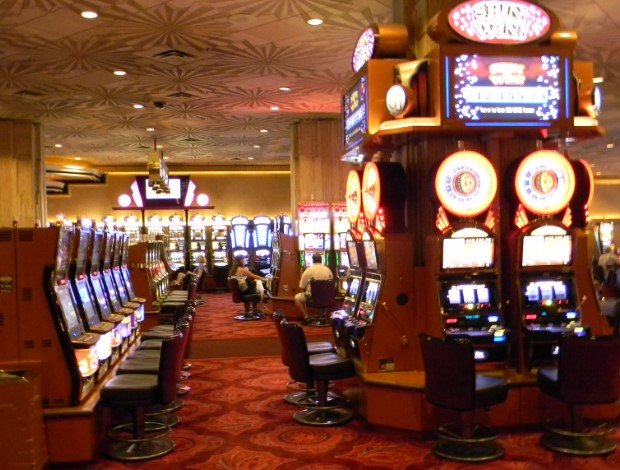The Pandemic Loan Journey of Andy Sanborn: From Draft Sports Bar to Concord Casino
In the early days of the COVID-19 pandemic, New Hampshire businessman and former state senator Andy Sanborn found himself navigating the complex landscape of government relief programs. On April 14, 2020, just six weeks after New Hampshire reported its first COVID-19 case, Sanborn secured his first federal pandemic loan—a $95,000 loan intended for his Draft sports bar in downtown Concord. This was only the beginning of a series of successful applications that saw Sanborn’s various business ventures benefit from millions of dollars in pandemic relief loans.
At the time, the state had ordered all non-essential businesses, including bars and restaurants, to close in response to the rapidly escalating pandemic. Sanborn’s Draft sports bar, a popular spot in Concord, was not immune to the impact of the shutdowns. In fact, like many others, it was forced to shut its doors in March 2020 when Governor Chris Sununu issued a statewide executive order to combat the spread of COVID-19.

The Role of Federal and State Relief Loans
Sanborn’s business empire extended beyond just Draft sports bar. He also owned Concord Casino, a small gaming establishment that had been open for less than two years before the pandemic struck. The closure of these businesses left Sanborn scrambling to secure financial assistance, and he turned to the federal government’s Paycheck Protection Program (PPP) for support.
Within two weeks of receiving the $95,000 loan for Draft, Sanborn’s Concord Casino received an additional $29,300 in relief funds. The federal PPP loans were designed to keep businesses afloat and retain employees during the economic turmoil caused by the pandemic. These loans, meant to cover payroll and operational costs, quickly became a lifeline for businesses across the country.
A Pattern of Borrowing: Multiple Applications for Relief
However, Sanborn didn’t stop with just the initial loans. As the pandemic continued to disrupt the economy, Sanborn continued applying for and receiving a series of relief loans for his various businesses, with each application adding up to significant sums. The former senator’s ability to navigate the complex system of relief programs eventually led to him securing a total of around $2 million in federal and state loans.
By the time the dust had settled, Sanborn had accumulated millions of dollars in pandemic relief aid across his different business entities. In total, his businesses received approximately $1.7 million through the federal PPP program and another $300,000 in state-level grants.
Criticism and Public Scrutiny
Sanborn’s large-scale borrowing has not been without controversy. Critics have questioned the fairness of the relief distribution, particularly regarding the substantial amounts received by businesses that, like Sanborn’s, had multiple sources of income. Some have pointed to the significant sums awarded to Sanborn’s gaming operations, which continue to operate in a state with limited legal gaming options.
The case highlights a larger issue with the distribution of pandemic relief funds—questions about whether such substantial loans should have been given to businesses that already had access to substantial resources. Many smaller businesses, especially those in the hospitality and entertainment sectors, struggled to secure even a fraction of what Sanborn’s enterprises received.
Despite the public outcry, Sanborn defended his actions, arguing that the loans were necessary to keep his businesses afloat and protect jobs. As a former state senator, he was well-versed in navigating bureaucratic systems, which likely helped him in securing these funds.
The Aftermath: Business Recovery and Future Implications
As the pandemic unfolded and the world adjusted to new economic realities, Sanborn’s businesses eventually managed to stay afloat and even recover, aided by the relief loans. Concord Casino, like many small businesses in New Hampshire, was able to open its doors once restrictions eased, while Draft sports bar returned to operation with the help of the funds.
The impact of Sanborn’s loan journey is a clear illustration of how businesses—especially those with the expertise to maneuver through government systems—were able to secure pandemic relief despite the broader economic struggles many small businesses faced.
As the U.S. government continues to evaluate the effectiveness of its relief programs, Sanborn’s case may serve as a test case for determining how relief funds are allocated in future crises. It raises larger questions about fairness and the distribution of aid, particularly when businesses with multiple sources of revenue are able to secure large sums of government support.
Sanborn, for his part, continues to defend his use of the funds, asserting that they were vital to maintaining jobs and ensuring that his businesses could survive the economic disruptions caused by the pandemic.

